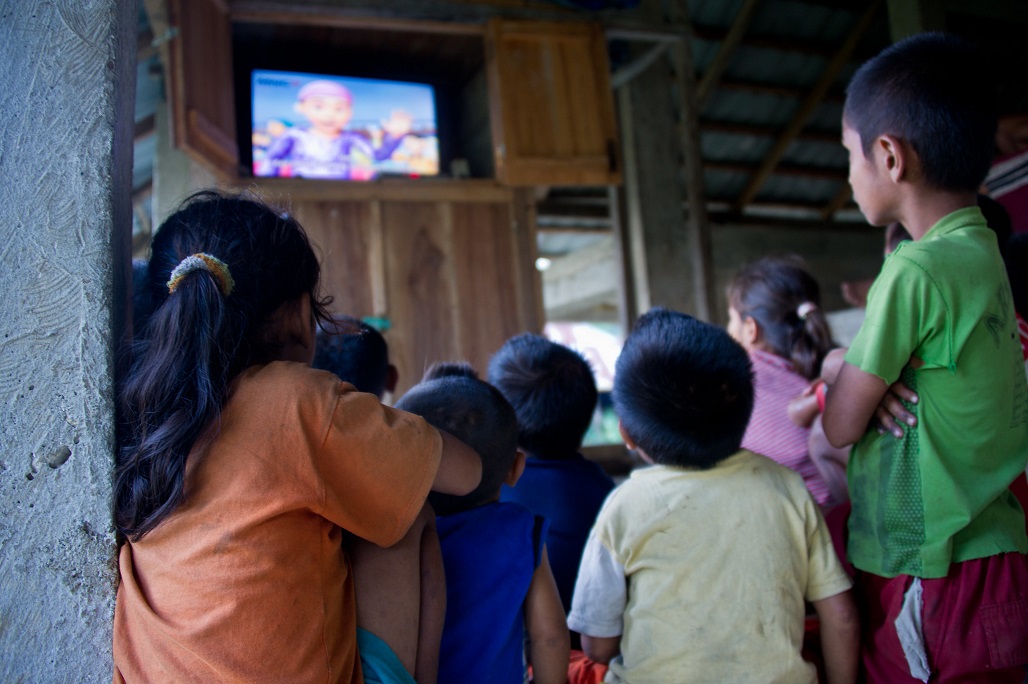Indonesia will improve access to electricity and service reliability in nine provinces in the outer regions of Kalimantan, Maluku, and Papua. The State Electricity Corporation (PLN) is embarking on the second phase of a project in the eastern part of the country, which will also increase the share of renewables in the total energy mix.
The Sustainable Energy Access in Eastern Indonesia–Electricity Grid Development Program is supported by the Asian Development Bank (ADB), which recently approved a $600 million loan for the second phase. The program also includes two grants at $3 million each from the Japan Fund for Poverty Reduction and the Asia Clean Energy Fund, both managed by ADB.
Residents in the eastern regions have limited access to electricity. Up to 56% of households have inadequate or no electricity access in Papua and 28% in Maluku, much higher than the national average of 4%.
Catalyst for economic growth
Indonesia has been pushing to develop economic growth centers beyond Java, where more than half of the population live. Efforts include regional cooperation with Brunei Darussalam, Malaysia, and the Philippines under the BIMP-EAGA, which seeks to spur development in remote and less developed areas. In Indonesia, BIMP-EAGA covers the provinces of Kalimantan, Sulawesi, the island chain of Maluku, and Papua.
Expanded electrification in eastern Indonesia is a key part of the government’s infrastructure investment plan, with the goal of electricity for all by 2024. The government has prioritized 433 villages currently without access to electricity, all of them located in the eastern provinces of Papua, West Papua, East Nusa Tenggara, and Maluku.
“The program will boost sustainable, equitable, and reliable access to electricity among the communities in remote eastern Indonesia, including through the use of solar and other renewable sources,” said ADB Southeast Asia Energy Director Toru Kubo. “Reliable electricity is essential for people to access job opportunities, education, and health services, especially during the coronavirus disease (COVID-19) pandemic. The program will also support eastern Indonesia’s economic recovery from the pandemic and contribute to equitable and resilient growth.”
Indonesia has taken several measures to mitigate the impact of the COVID-19 crisis. This includes providing free electricity for 24 million poor households and a 50% discount for 7 million more households.
Shifting to clean energy
The government hopes to eliminate the use of diesel for electricity to the extent possible, a task most challenging in the remote eastern regions.
“The program will increase PLN’s delivery of electricity powered by renewable energy to remote communities by six-fold and reduce indoor kerosene and wood consumption, which is expected to generate significant environmental and social benefits,” said ADB Energy Specialist Diana Connett.
The first phase of the program in Sulawesi and Nusa Tenggara has proved successful. By the end of 2019, the number of new customers increased by 1.53 million, exceeding the program’s target of 1.37 million. The second phase of the program aims to provide electricity to 1.55 million new customers by 2024 across the nine provinces.
